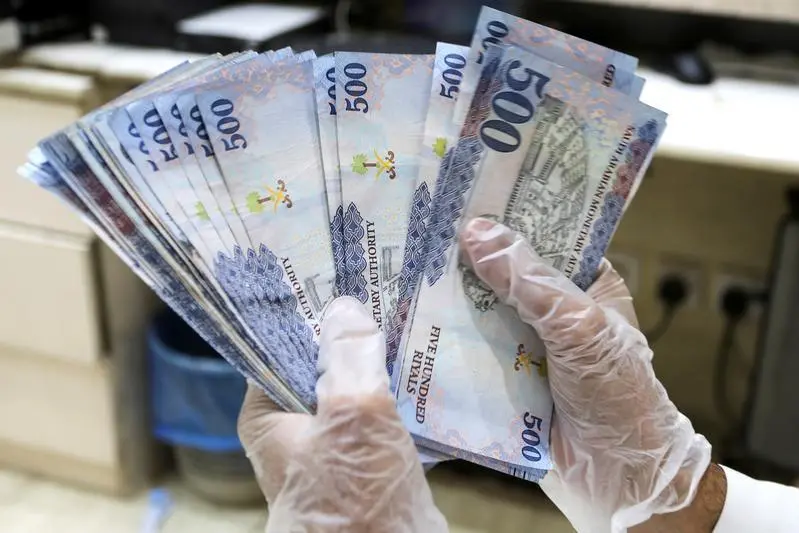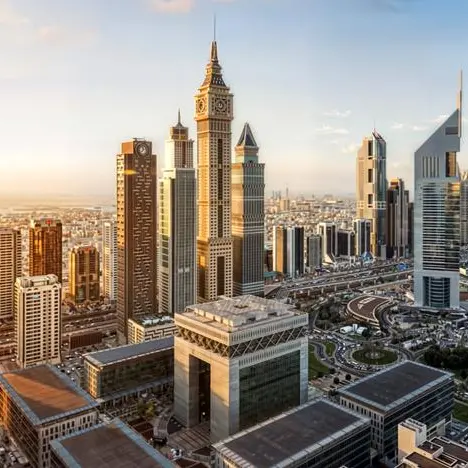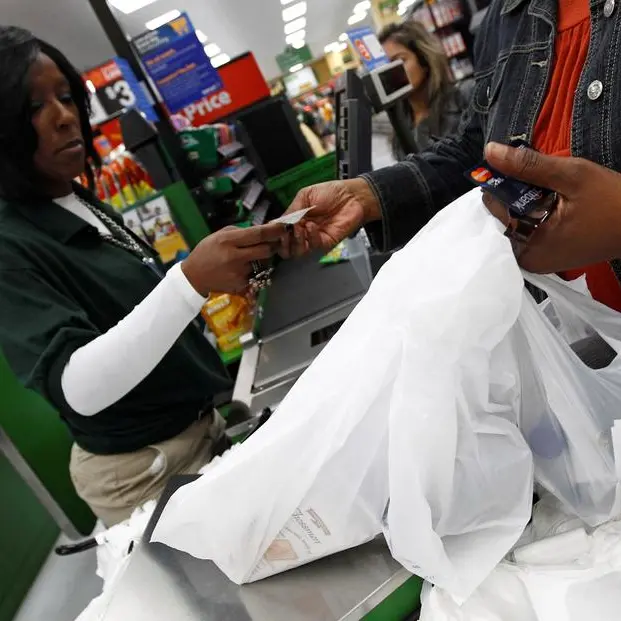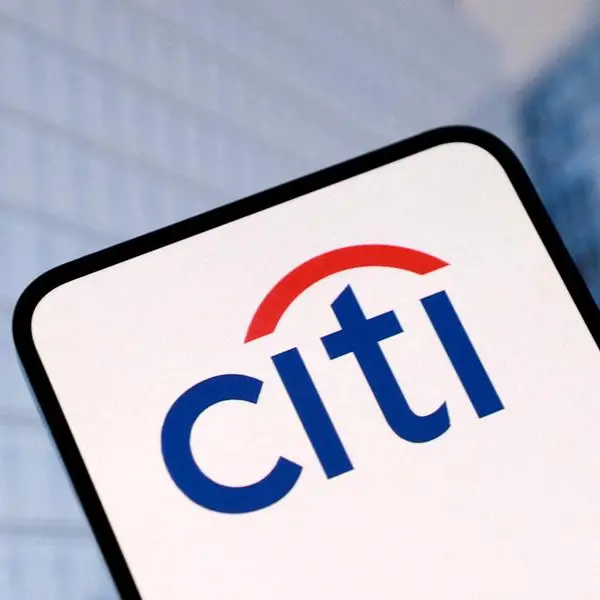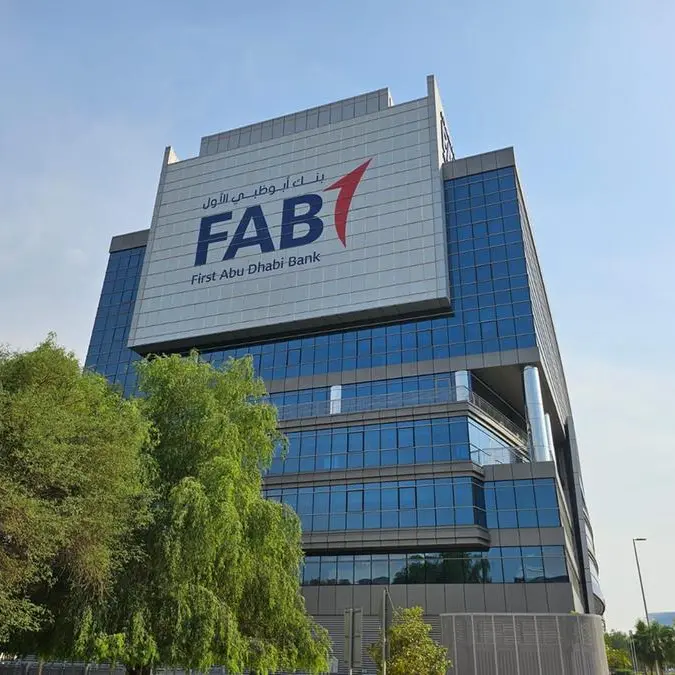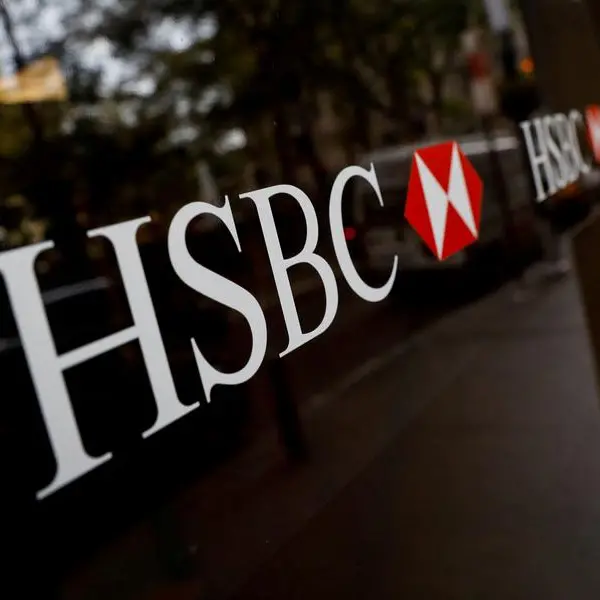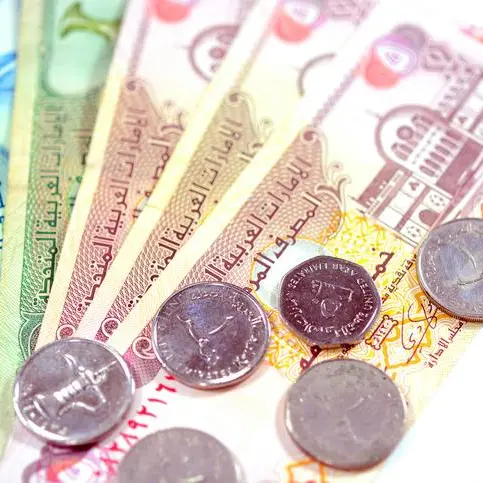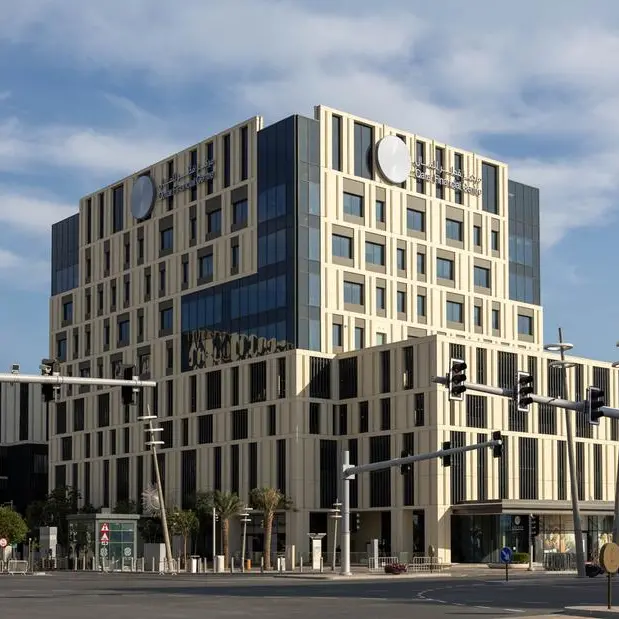PHOTO
Saudi Arabia - Saudi banks’ standalone credit profiles will be supported by high oil prices, rising interest rates and strong credit growth in 2022-2023, said top ratings agency Fitch, adding that higher interest rates will underpin profitability and capital generation and banks will maintain strong capital ratios.
Saudi banks’ standalone credit profiles will be supported by high oil prices, rising interest rates and strong credit growth in 2022-2023, accoring to top ratings agency Fitch Ratings.
The banks have largely absorbed the pandemic shock, helped by a strong economic rebound, while the operating environment should remain favourable, supporting credit performance and liquidity.
Fitch expects higher interest rates to underpin profitability and capital generation, and banks to maintain strong capital ratios.
Saudi banks’ weighted average Viability Rating of ‘bbb+’ is one of the highest in emerging markets. Most Saudi banks’ Long-Term Issuer Default Ratings are on Positive Outlook, reflecting that on the sovereign, it stated.
The improving operating environment is supported by high oil prices (Fitch forecasts $100/bbl in 2022 and $80/bbl in 2023). The ratings agency expects real GDP growth of 7.5% in 2022 and 3.1% in 2023, driven by high oil prices and increased spending on government projects.
Recent purchasing managers’ index readings suggest still-strong operating conditions in the non-oil sector and we expect business confidence to remain high in 2022-2023. Credit quality should benefit from improving economic conditions.
The banking sector’s non-performing loan ratio decreased to 1.9% at end-2021 from 2.3% at end-2020, according to the Saudi central bank, and we expect it to improve further in 2022. Loan growth should remain strong at about 12% in 2022 (2021: 15.5%), driven by continuing strong growth in retail mortgages and a recovery in corporate lending.
Saudi banks are well positioned to benefit from higher interest rates given that about two-thirds of the sector’s deposits are non-interest-bearing.
The US Federal Reserve increased its benchmark rate by 50bp last week and we expect it to continue raising the rate throughout 2022, a path which the Saudi central bank is likely to mirror given the peg with the US dollar (it has already matched the Fed’s 50bp increase). Domestic interbank rates are factoring in several rate increases, with the six-month Saudi Arabian Interbank Offered Rate up 175bp in 2022 to its highest level since June 2019.
Fitch expects corporate-oriented banks, such as The Saudi British Bank, Alinma and Banque Saudi Fransi (all ‘BBB+’/Positive) to benefit soon from rate rises given their high proportions of loans repricing within one year and non-interest-bearing deposits.
Rated Saudi banks’ average net interest margins widened by 80bp in 2015-2019, the last monetary tightening cycle. However, we believe the impact of higher rates in 2022-2023 will be less significant due to the sector’s much higher exposure to fixed-rate mortgages (22% of loans at end-2021 compared with 9% at end-2017), it stated.
"We expect loan impairment charges (LICs) to decline in 2022-2023, supported by improving operating conditions and the front-loading of provisions in 2020. LICs consumed only 18% of pre-impairment operating profit on average in 2021, down from 26% in 2020," said Fitch in its review.
"We think the ratio will decrease further in 2022-2023 as improving operating conditions limit LICs and rate rises support pre-impairment operating profit. Most of the banks have guided for a lower cost of risk in 2022," it added.
Copyright 2022 Al Hilal Publishing and Marketing Group Provided by SyndiGate Media Inc. (Syndigate.info).
